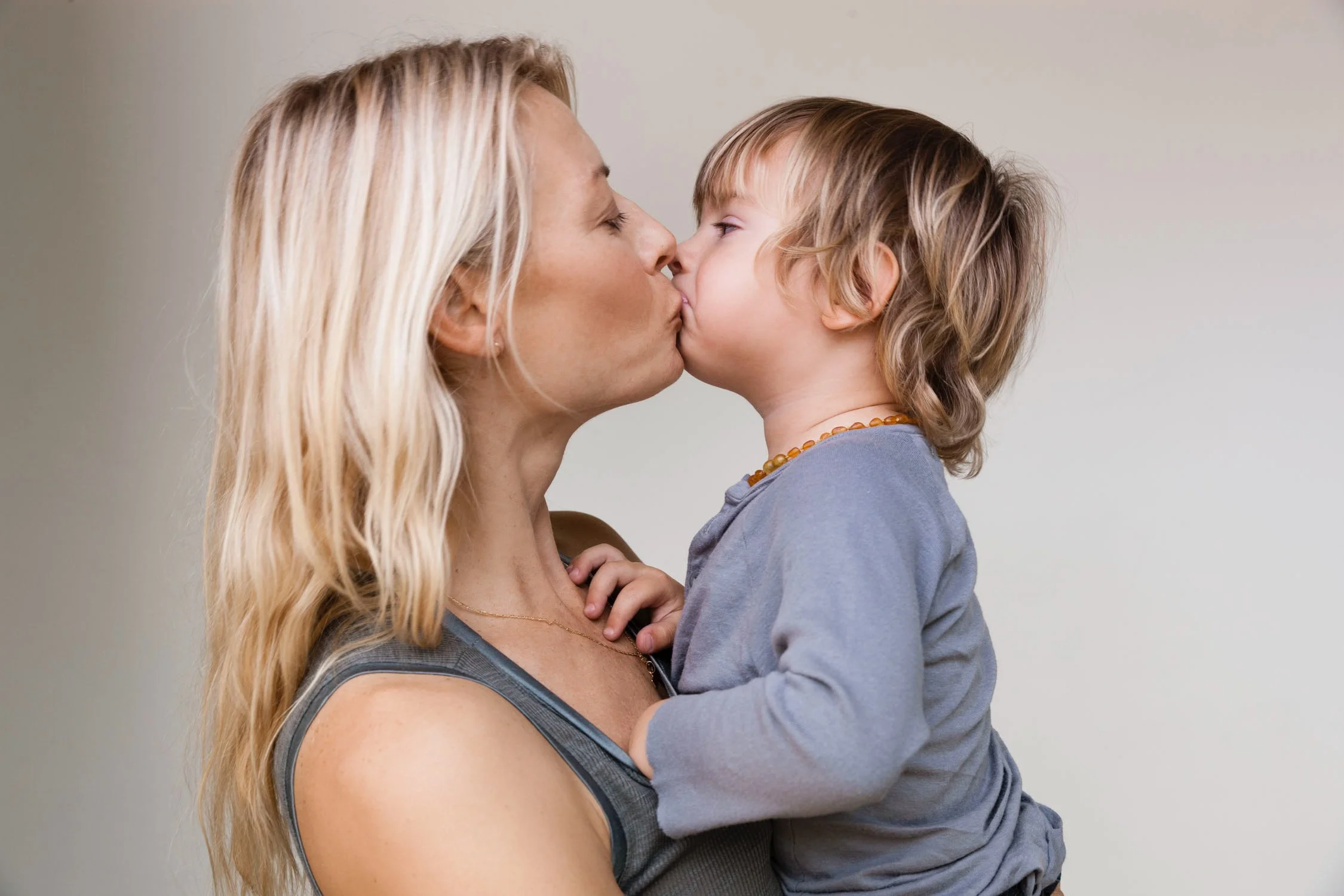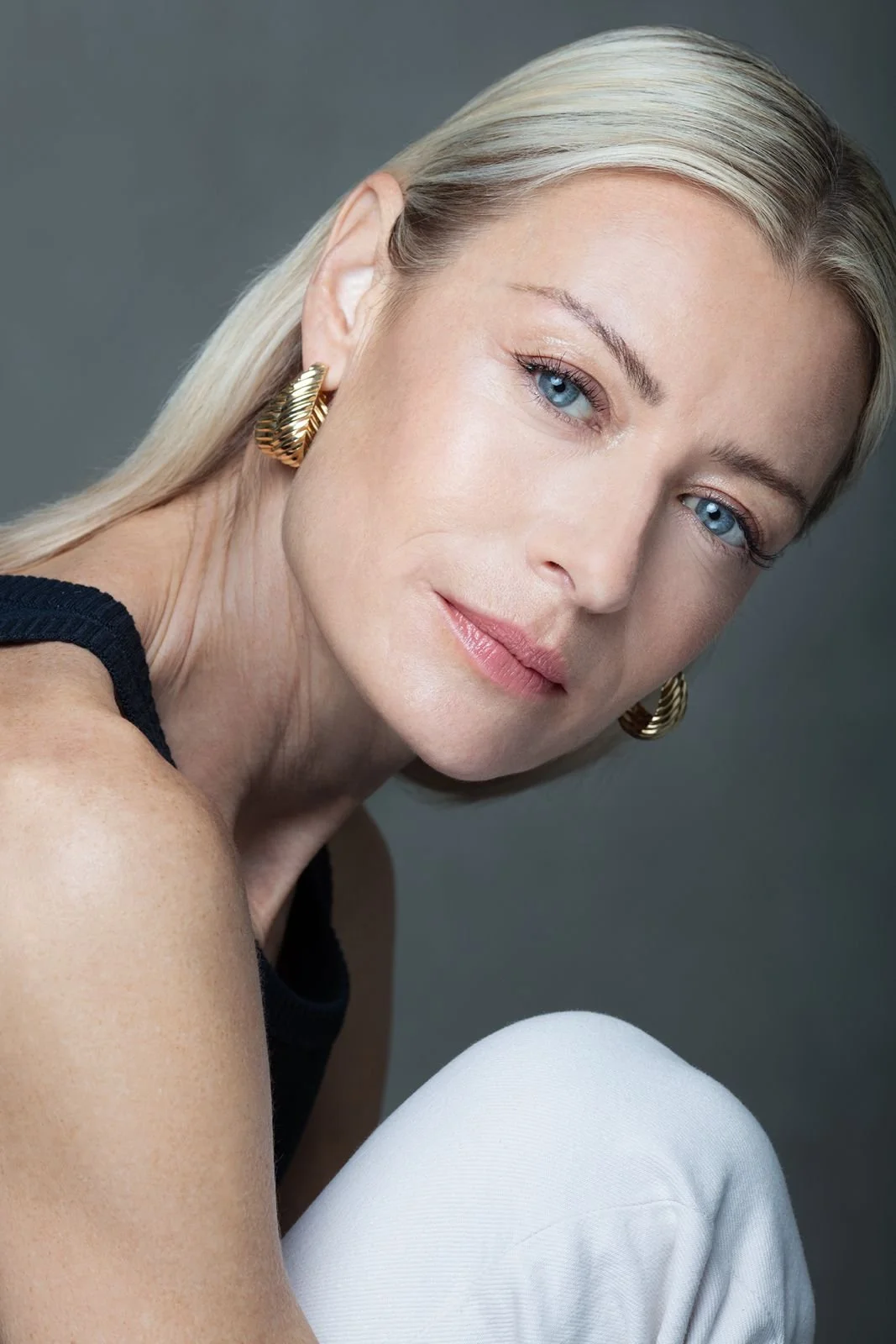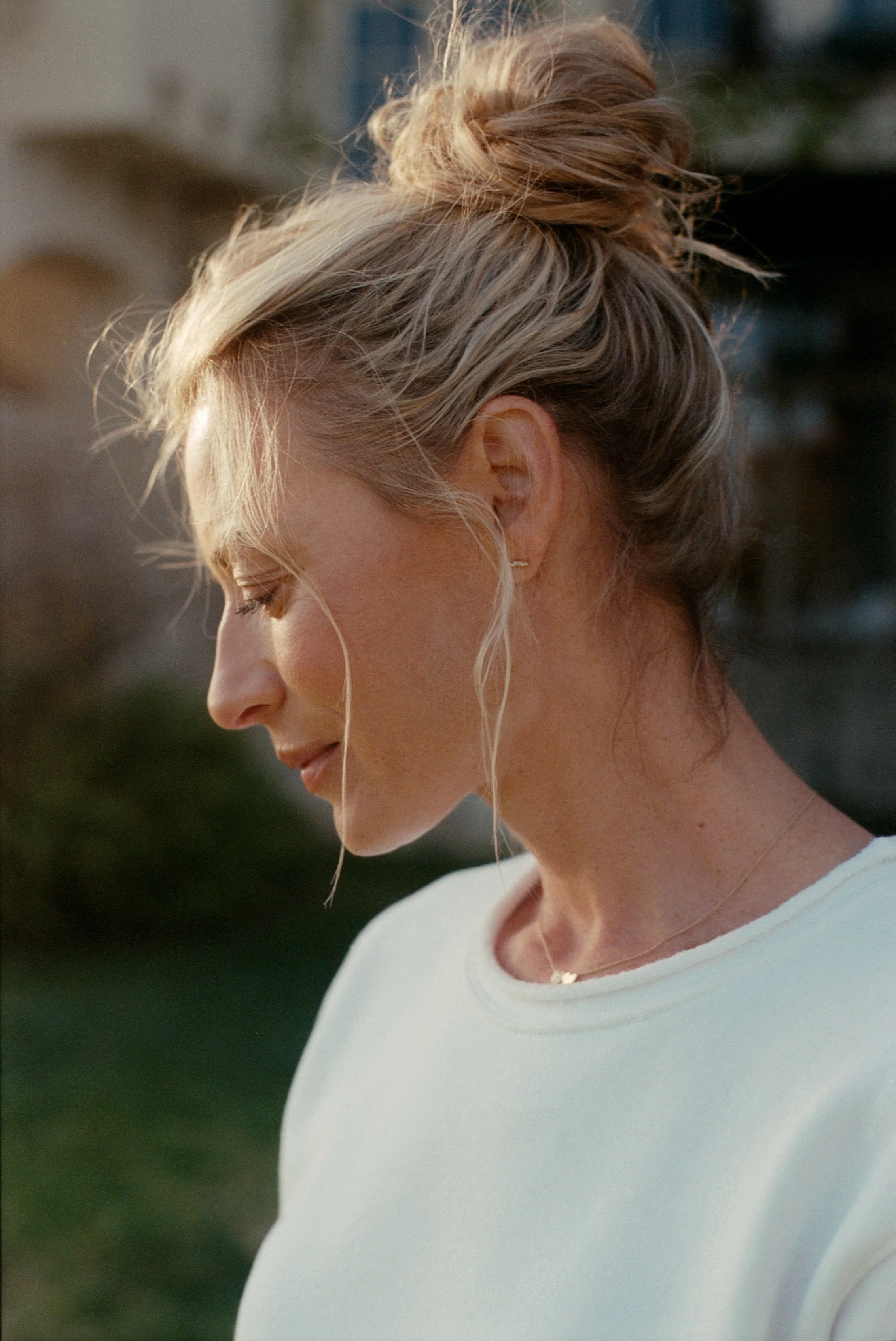Peace is possible even after the unthinkable…
The Amuse Project is a healing platform dedicated to those living in the aftermath of parental suicide — and to anyone walking the path of suicide trauma recovery and prevention. Through storytelling, education, and practical emotional tools, it offers more than support — it offers a way forward — connection and transformation.
A story, no matter how fractured, can be rewritten with purpose and peace.

The Mission
My mission is more than personal.
It’s generational.
At the heart of The Amuse Project is a simple belief:
Everyone deserves a space to be seen, heard, and held — without shame, and without silence.
I created this project to build to those spaces — where healing can begin, truth can rise, and transformation becomes possible.
It’s about rewriting the legacy of suicide and breaking the cycles of trauma that too often go unspoken.
It’s about replacing isolation with connection, despair with hope, and silence with stories that heal.
Because when we give people the tools to face their pain, we don’t just help them survive…
We protect lives. We protect futures. We save children. .
The Soul of AMUSE
How a centuries-old word became the heartbeat of the modern healing journey.
The word AMUSE was not chosen at random. It’s a word rich in meaning, deeply personal, and strikingly aligned with my story.
From an etymological point of view, “amuse” comes from the Old French amuser, which did not simply mean “to entertain” as it does today, but rather:
To make someone reflect, to provoke reverie, to suspend time, to awaken the spirit through contemplation or wonder.
It was the art of musarder — pausing for a moment in the turmoil of life to reconnect with something deeper.
Today the world has evolved toward the idea of entertainment, but I want to return it to it’s original meaning — the sacred space between two thoughts, that suspend the moment where something inside us begins to transform.
And then there is a play on words I carry within me without having consciously sought it:
I am “a muse“ — after more than three decades in front of the camera as a model, a muse. Today I have evolved into a woman who inspires not only through images but through my wounds, my journey, my words, and my resilience.
And I founded my project, called AMUSE, in order to ignite and inspire in others to also wonder, reflect, feel, and become.
Life’s Pie for Peace
A “whole”istic approach to healing
I created Life’s Pie for Peace after my own long journey out of parental suicide trauma. For decades I lived with PTSD, emotional dysregulation, and personality struggles — sometimes they were quiet, other times they overwhelmed me even to the point of my own attempt.
My recovery was not the result of a single intervention, but rather the integration of many approaches: psychiatry and neuroscience (SPECT brain imaging), evidence-based therapies like CBT and DBT, integrative medicine, spiritual counseling, and hands-on healing workshops.
What finally made sense to me was that healing is neither a one step process nor a one-size-fits journey. I organized the approaches that worked for me into a simple, practical framework I call Life’s Pie. This model divides healing into essential ‘slices’ — self-awareness, awareness of others, brain & mind health, body health, loving environment, purpose, faith & magic — so you can clearly see where you’re nourished and where you’re starving.
Life’s Pie for Peace is a practical tool: rather than sinking into despair when life feels unmanageable, you can look at the Pie, choose one slice, and take a single concrete step forward. This makes recovery approachable, curiosity-driven, and even playful — because healing requires hope as much as it requires strategy. I now share this method to help others find their way back to peace, purpose, and belonging.
The Pie —
the slices and what they mean
Self-Awareness: Understanding trauma, identifying triggers, emotional regulation, patterns, and addictions.
Awareness of Others: Understanding relationships through the lens of childhood trauma and attachment, recognizing triggers, patterns, healthy boundaries, and learning to relate in more healthier and balanced ways.
Brain & Mind Health: Therapy, neuroscience-informed care, cognitive nutrition, physiological recovery, emotional regulation, mindset — the biology of feeling better.
Body Health: Understanding the deep mind-body connection, nutrition and hydration, gut health, movement, restorative rest — the biology of feeling better.
Loving Environment: Creating a home and workspace that foster safety and belonging, surrounding yourself with people who support your growth, healthy environments, spending time in nature.
Purpose: Living outside of yourself, family, work, creative expression, meaningful contribution that aligns with you.
Faith: Belief in a larger source — whether God, universal energy, or collective consciousness — that invites awe, meaning, and belonging.
Magic: Curiosity and experiences that restore awe.





